The 1960s Textile Innovator: Eddie Squires
Textile designer Eddie Squires was a true innovator in his field, pushing the scope of printed patterns in a series of daring and bold new directions. As a key designer and director for the leading textile company Warner & Sons Ltd., Squires played an instrumental role in enlivening British textiles during the latter half of the 20th century. His daring patterns celebrated the latest industrial developments and contemporary themes, ranging from brilliantly coloured circuit boards to space rockets launching into space. Yet Squires also recognised the value in historical, traditional patterns, creating his own versions of pinstripes, Venezia ornamentation, trellis patterns and East Asian rock, wave and floral motifs. He also played a pivotal role in sourcing new design talent for Warner & Sons, promoting the work of a new brand of up-and-coming talent throughout the decades.
Eddie Squires was born in Grimsby in 1940. He trained in textiles at Grimsby School of Art from 1956 to 1959, followed by the Central School, London. In 1963, just a year after graduating, he joined the textile company Warner & Sons Ltd., remaining here for the next 30 years. Squires progressed from chief designer of printed textiles in 1971 to associate director in 1980, and eventually, from 1984 to 1993 he became the company’s full director. Under his leadership, the company became renowned for its ability to merge vibrant, daring and experimental new patterns (by both Squires and other up and coming designers) with high-quality fabric.
Within his own designs Squires demonstrated an acute awareness of traditional patterns, while simultaneously pushing his textiles into bold and unchartered territory. In 1969, Squires famously created his iconic fabric design titled Lunar Rocket, to celebrate the moon landing, a dramatic repeat pattern featuring a Saturn V rocket as a fiery blaze against the blue night sky, accompanied by the view from space of the earth and the moon, based on photographs that were taken by astronauts from the Apollo 9 flight.
Other popular and innovative designs he produced were his ‘Theme of the Thirties’ range from the 1960s which featured flowing amorphous shapes resembling psychedelic lava lamps, and a series of patterns resembling paraphernalia from digital technology including circuit boards and microchips such as Colourtron, designed in 1968, a pattern that might appear William Morris-esque on first appearance, but which on closer inspection reveals it is based on an integrated silicon circuit.
Other designs Squires made nodded to certain periods within the history of fabric – he took traditional motifs and reworked them in a variety of ways, such as heightening their colour schemes or adding elements of austere geometry. In Archway, designed in 1968, Squires plays with Art Deco silhouettes inspired by a neon sign he observed on the façade of a cinema near Oxford Circus in London. Here Squires combines a central, skyscraper like emblem with a series of ray lines, recalling the Chrysler building in New York. Meanwhile, Shanzi, a pattern designed by Squires in 1967, resembles the rock and wave designs of Chinese robes, combined with a chrysanthemum flower which was a recurring feature in East Asian fabrics. Squires modernises the traditional references by injecting his design with elements of angular, Art Deco inspired motifs, and intense, eye-catching colours.
As much as Squires broke new ground within his own work, he also spent much of his career encouraging and showcasing the work of other designers, a testament to his generous spirit. In fact, the Warner Textile Archive, located in Braintree, Essex, holds more than 60,000 textiles and 10,000 paper designs by some of the UK’s most significant textile designers, and Squires played an instrumental role in bringing this extraordinary collection to life.





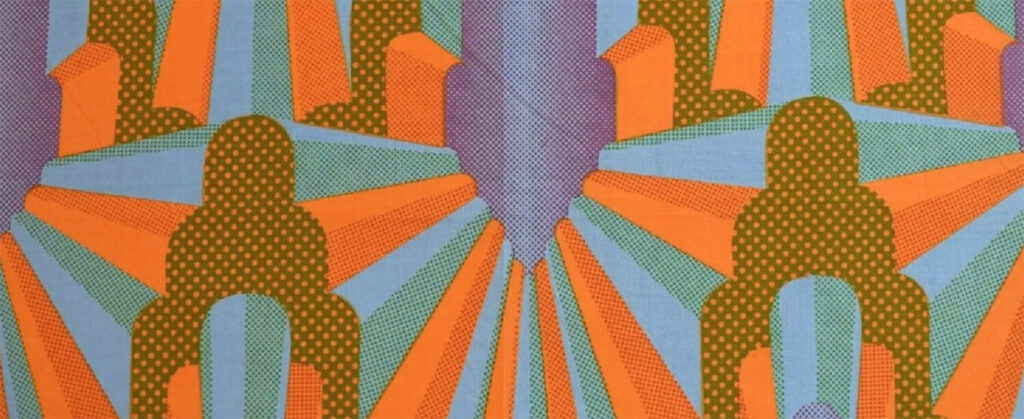
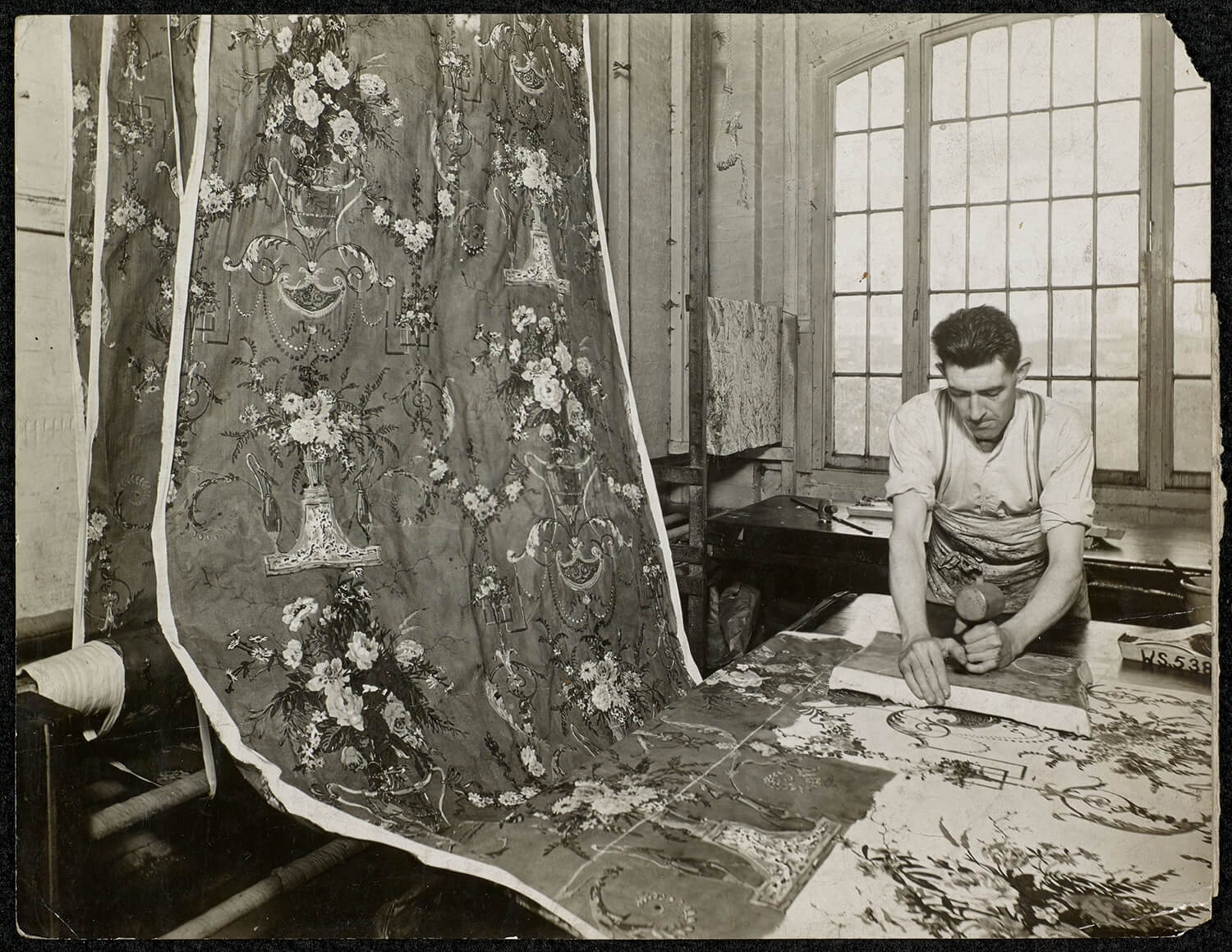
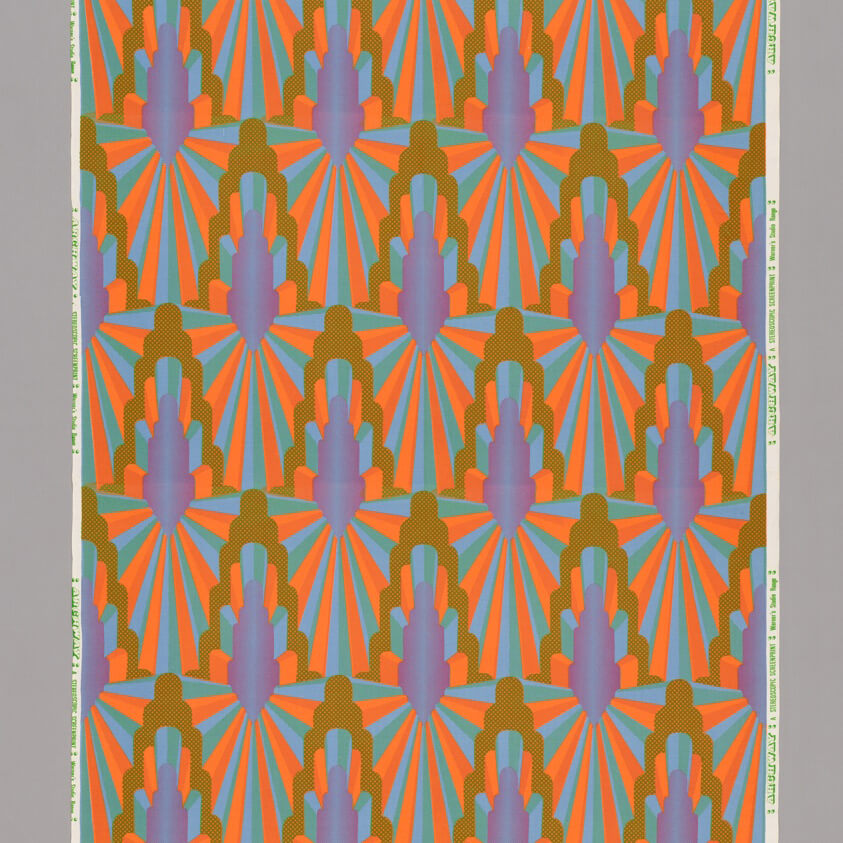
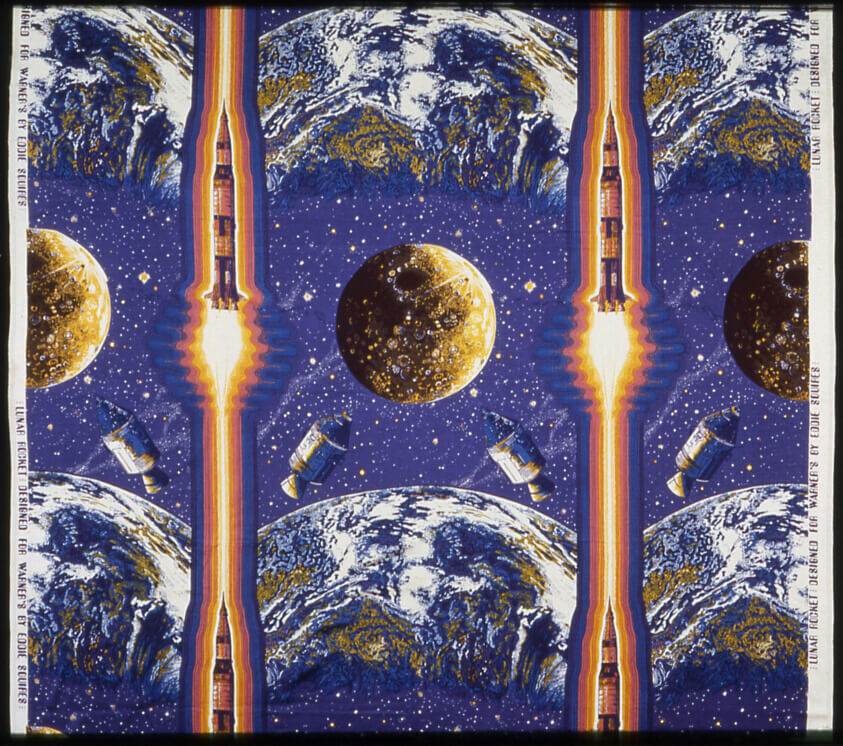
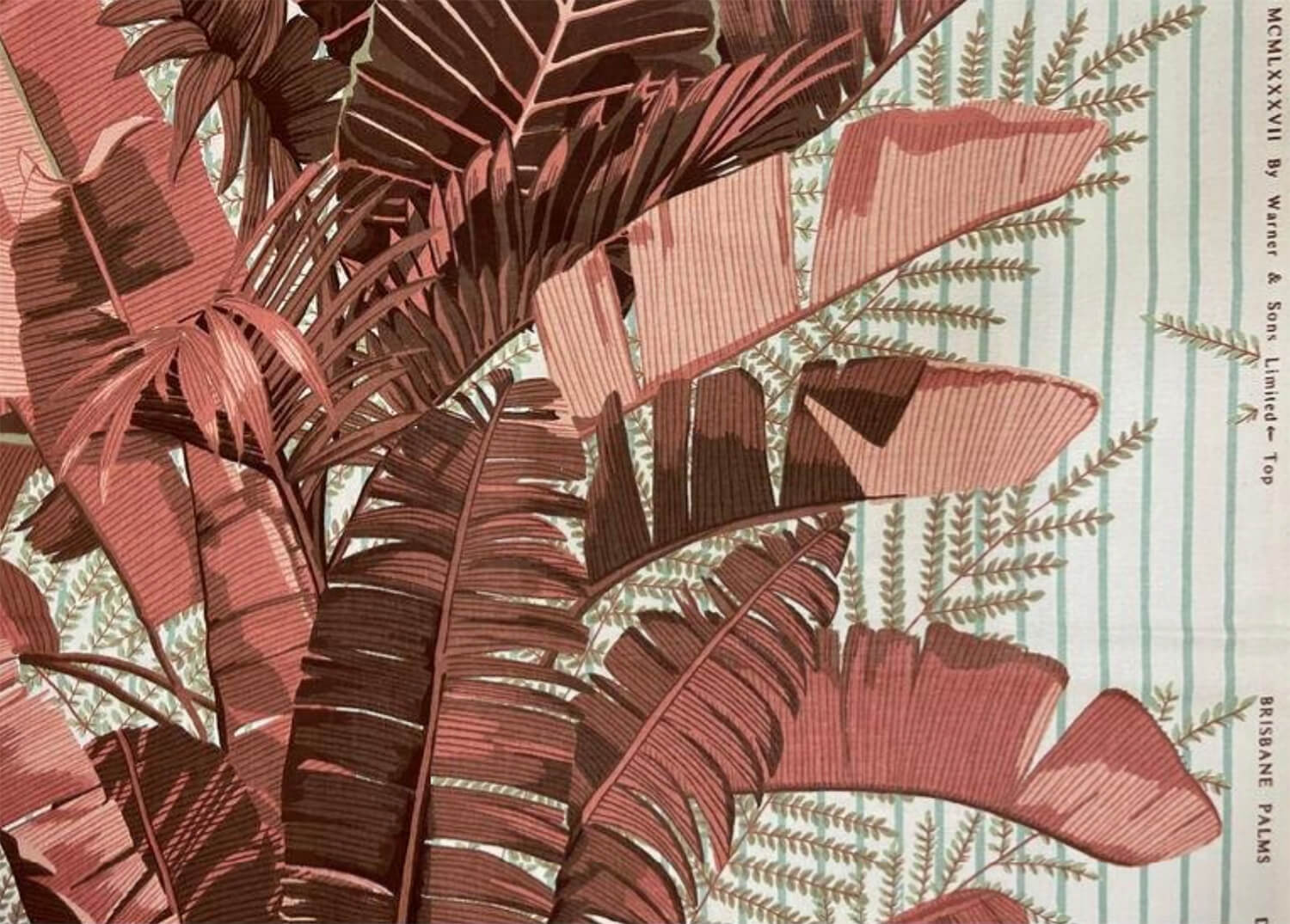
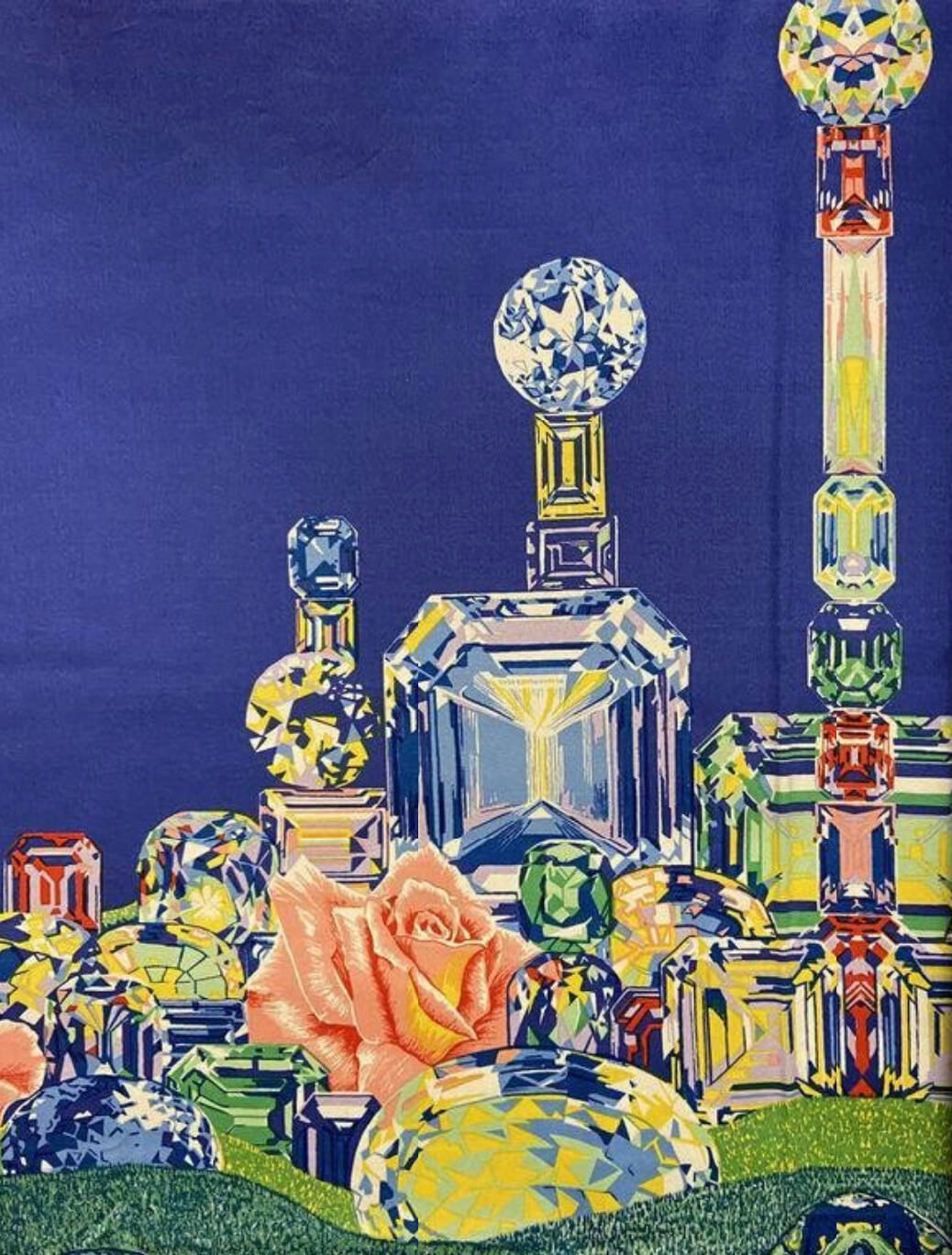
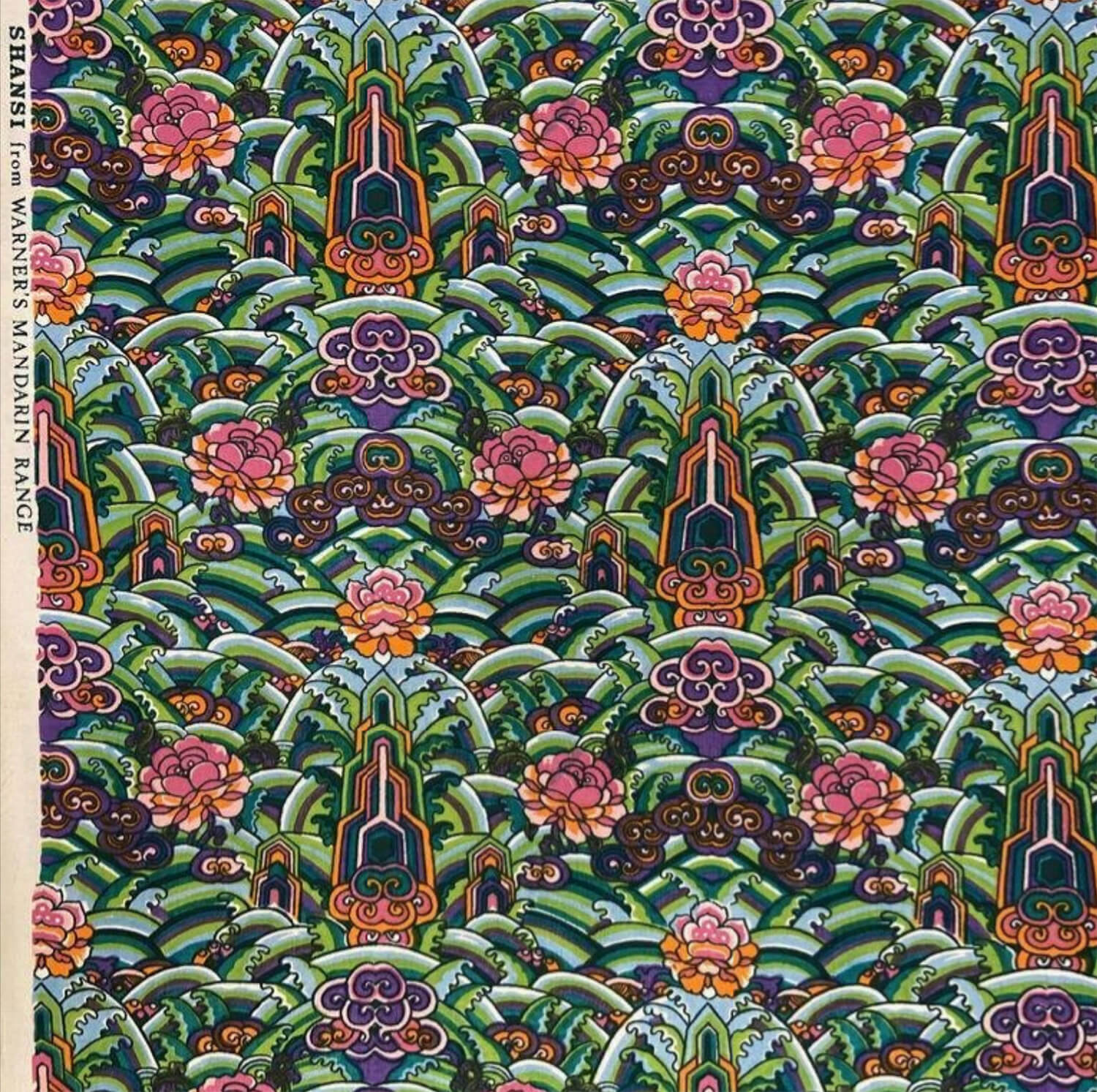
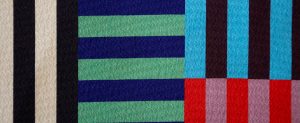

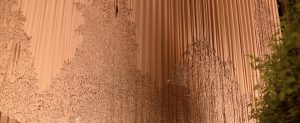















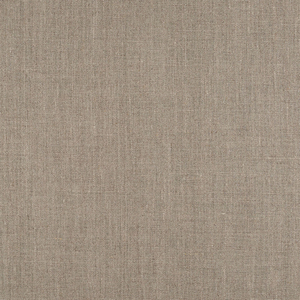

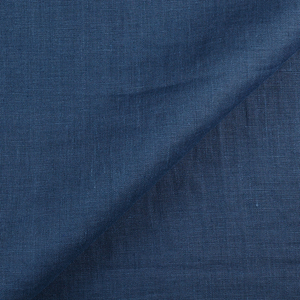




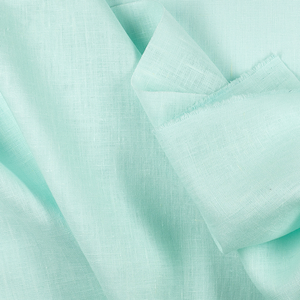

















4 Comments
Emily Ulrich
Rosie, is it al all possible to obtain any of these prints? You educate and inspire me!
Peggi Laubenheim
Thank you for another interesting article. I love hearing about textile designers and other artists who have had such a impact. I feel like I’m taking an art history class!
Susan Wiegand
I love these articles. I am such a devotee of fabric, and try to cut into it as little as possible when I make things. My favorite art form, maybe.
Thank you!
Elizabeth Murray
This is an interesting and very informative article! I am a student of textiles, by avocation, and did not know about Eddie Squires. Thank you for such a great piece!